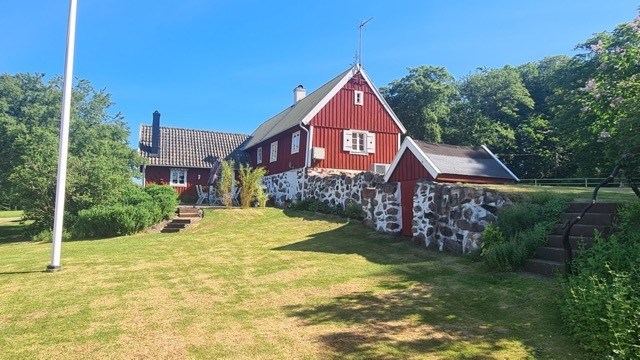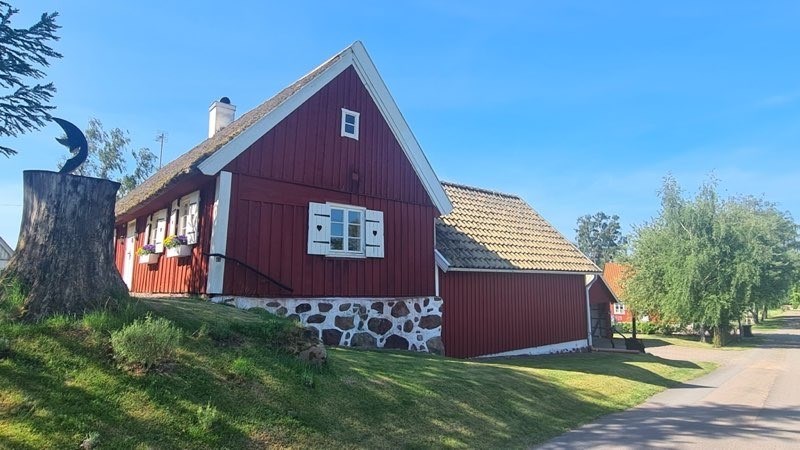Voldshendelse i leilighet i Bærum
Politiet leter etter en person etter en voldshendelse i en leilighet på Gjettum i Bærum natt til lørdag.
– Fornærmede har en stikkskade, men er ikke alvorlig skadet. Blir undersøkt av ambulansen, opplyser operasjonsleder Gabriel Langfeldt i Oslo-politiet.
Politiet har kontroll på tre personer i leiligheten, mens gjerningspersonen skal ha forlatt stedet. Läs mer…

